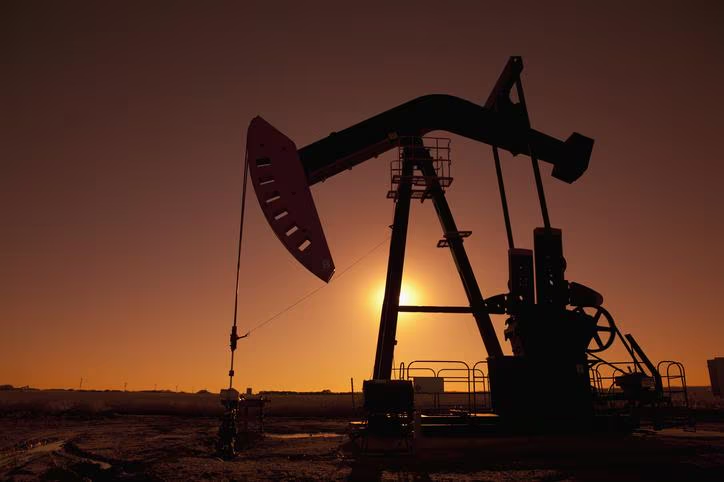Main types of crude oil
The type of crude oil depends on the geographic location of the oil field and the characteristics of the oil itself. While there hundreds of types of crude oil traded on the global market, two primary types of crude oil serve as global benchmarks for oil prices: West Texas Intermediate and Brent Crude.
West Texas Intermediate (WTI): As the name suggests, WTI is sourced from US oil fields primarily in Texas, Louisiana and North Dakota. It is referred to as 'light sweet crude oil' due to its low density and low sulphur content. These characteristics make it less expensive to produce and easier to refine than 'heavy' or 'sour' oils. WTI is the main benchmark for oil consumed in the US.
Brent Crude: Brent oil comes from 15 different oil fields in the North Sea. It is also characterised as a “light and sweet” oil, although it is not as “sweet” or “light” as WTI. Up to two-thirds of global oil contract trades are on Brent.
Main producers of oil
By country, the United States is both the world's biggest producer and consumer of oil. Each day it produces 17.87 million barrels of oil (18% of global production) and consumes 19.69 million barrels (20% of global consumption).
In terms of production, Saudi Arabia comes in second – producing 12.42 million barrels/day (12%) – followed by Russia with 11.40 million barrels (11%). Canada, China and Iraq each produce around 5% of global oil.
On the consumption side of the equation, China follows the US as the biggest user of oil – it consumes 12.79 million barrels/day (14%) while India's usage of 4.44 million barrels/day puts it third.
Saudi Aramco is the reigning global giant in terms of production. In 2018 it was the world's most profitable company, generating US$111.1 billion in net income and producing 13.6 million barrels/day.
Other top producers in 2018 were Sinopec (US$9.2 billion net income), China National Petroleum Corporation (US$7.4 billion), Royal Dutch Shell (US$23.9 billion) and ExxonMobil (US$20.8 billion).
What factors affect oil prices?
Oil prices are highly volatile and heavily influenced by supply, demand and market sentiment. The Australian Institute of Petroleum lists more than a dozen fundamental drivers of international oil prices, including:
Natural disasters, war, civil unrest and strikes leading to major supply disruptions
Seasonal demand and spikes
Global economic growth and conditions
Population growth
Trading activities and strategies
Inventory management and changes in regional and global supply balances
Decisions and policies of oil producing countries and nations holding strategic reserves
Shipping availability and freight rates
Alternative fuel developments, new oil discoveries and technological progress.
Ways to trade oil
Oil futures and options: the most direct method of trading is via oil futures – agreements to buy or sell oil at a specific date in the future at a particular price, or options – which allow traders the option of buying or selling at a stated price, within a specific timeframe. Oil futures and options contracts are predominantly traded on the New York Mercantile Exchange (NYMEX) and the Intercontinental Exchange (ICE) where each contract consists of 1000 barrels. There are stringent criteria for trading on ICE and NYMEX.
Trading via CFDs: the highly liquid and volatile nature of prices make oil a good candidate for trading via CFDs. CMC Markets Commodities allow you to take a position on cash and forward commodity CFDs including Brent and WTI Crude Oil. You can also trade CFDs on baskets of commodities with CMC’s Energy Index, which is designed to give an indication of how the energy sector is performing. Its constituent commodities are Brent, WTI, heating oil, natural gas, gasoline and low sulphur gasoil.
Learn how to trade commodities.
Oil market overview
Oil is the most actively traded commodity on the planet and is subject to considerable price swings. This makes it a potentially market for those with a strong risk appetite, though it will not suit everybody. oil, natural gas, gasoline and low-sulphur gasoil. To learn more visit our commodities page.

